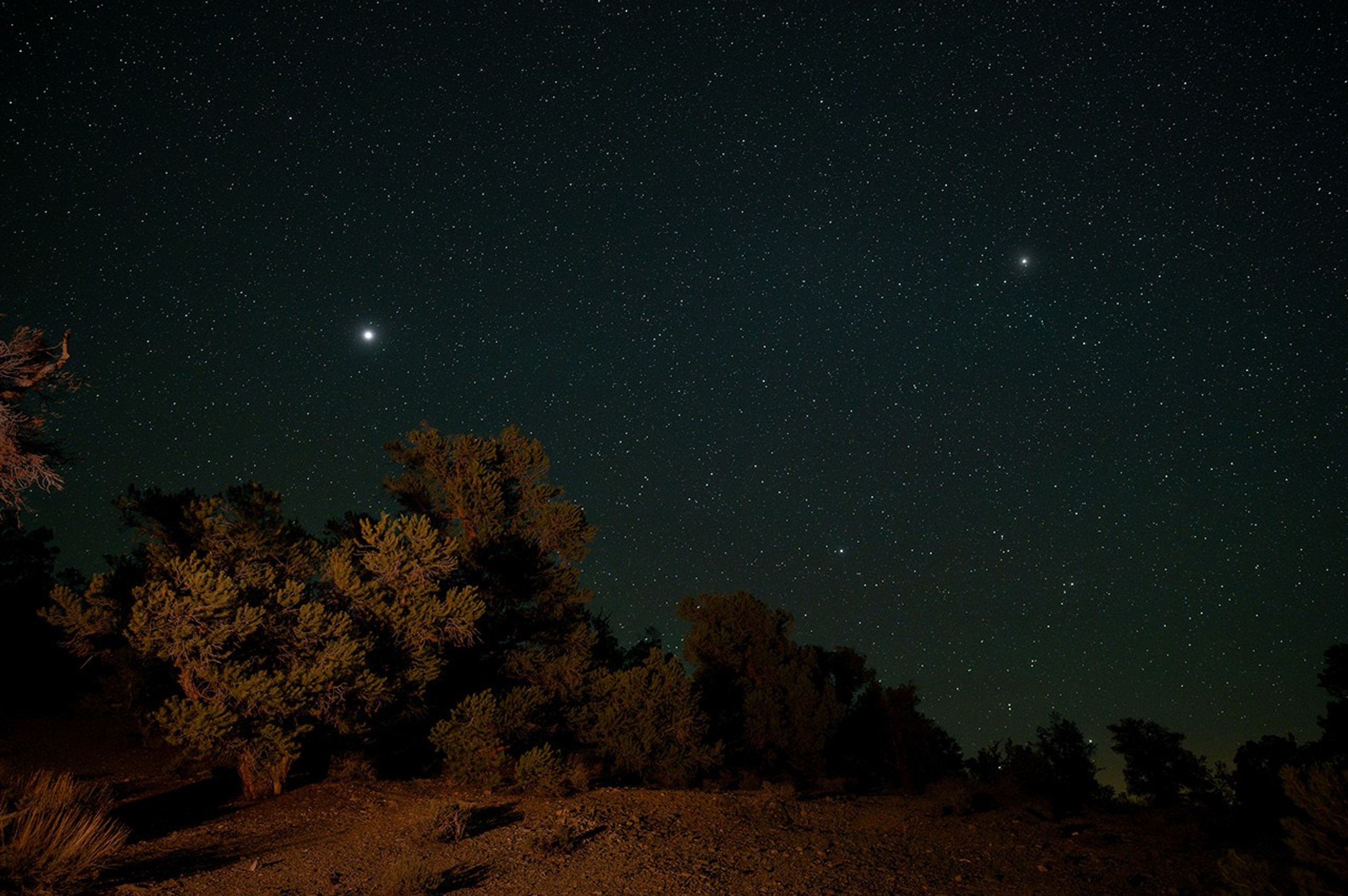Location
British Columbia, Canada
What do you study?
Artificial satellites of the Earth and the moon. I take a great interest in studying the celestial mechanics of artificial satellites. There are so many of them, it’s like studying a forest, but you have to look at the individual trees to make sense of it all. It always amazes me.
What’s your day job?
I’m an electrical technologist. I design power systems for boats and fix them and install them. There are days when I’m designing them, testing them, so it’s a pretty dynamic job. I’ve been doing this for about 10 years now.
How did you become a citizen scientist?
I took an interest in amateur radio and astronomy when I was a kid, and also the space program. When I was a teenager, I became pretty active, building equipment and learning more about electronics and finding things in the sky, trying to understand what I was seeing and hearing. As I became a young adult, I studied engineering and still kept the interest, and over time, I took up the hobby of satellite tracking—tracking anything that moves, basically—just to learn about celestial mechanics and the math behind it. I wanted to do it instead of reading about it in a textbook.
Why do you do citizen science?
It’s a form of self-learning, training. An engineer like myself, you don’t use all of the skills you’re trained for in school—and if you don’t use it, you lose it. My hobby allows me to practice my math and science skills. Every couple of years, one of those skills becomes highly useful to me professionally and sets me apart from competitors and colleagues. The other reason is a bit political. It’s more along the lines of keeping track of what’s going on in space—having an objective set of eyes. There’s a small group of us around the world who loosely work together to collect the data and, in our minds, it helps create transparency. You have people looking up for the sheer love of looking up and sharing that information.
You made an incredible citizen science contribution by chance—you found NASA’s lost spacecraft, IMAGE. How did that happen?
It started ironically enough with SpaceX’s secret mission, Zuma. Our tracking group took an interest in following the launch and, it being a classified mission, tried to understand what it was. We just wanted to figure out what orbit it got into. Mysteriously, it seemed to vanish without any official explanation of what was going on. I started searching on the radio, collecting a whole lot of data. Sifting through that data, I came across a signal I hadn’t seen before. I knew it wasn’t from Zuma because the characteristic of the signal was totally the wrong orbit. I was seeing something in higher orbit, so I outputted the data from the collection software so I could analyze it, and it came back almost immediately as the NASA IMAGE mission.
At that point, I wasn’t overwhelmed—I come across a lot of satellites. As a habit, I tend to look up the satellite if I haven’t seen it before, just out of blind curiosity. I did that with IMAGE and found a NASA article—except I realized they talked about the satellite in the past tense. At that point, I Googled it a bit more and stumbled across the failure commission report. I decided to write it up as a blog post and that attracted the attention of other satellite watchers. Eventually, I woke up to a chorus of emails from the IMAGE science team expressing excitement that the satellite had turned itself back on.


































